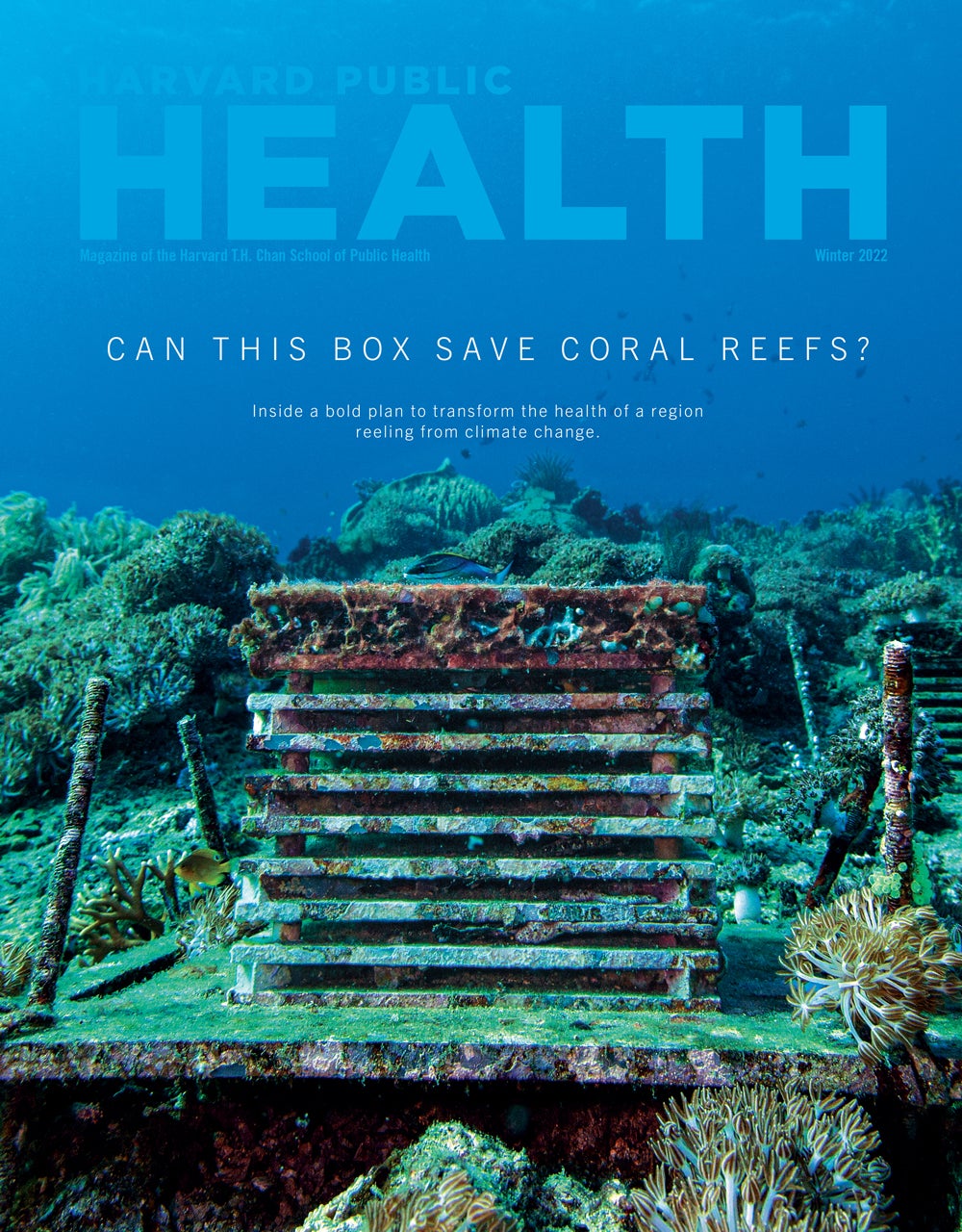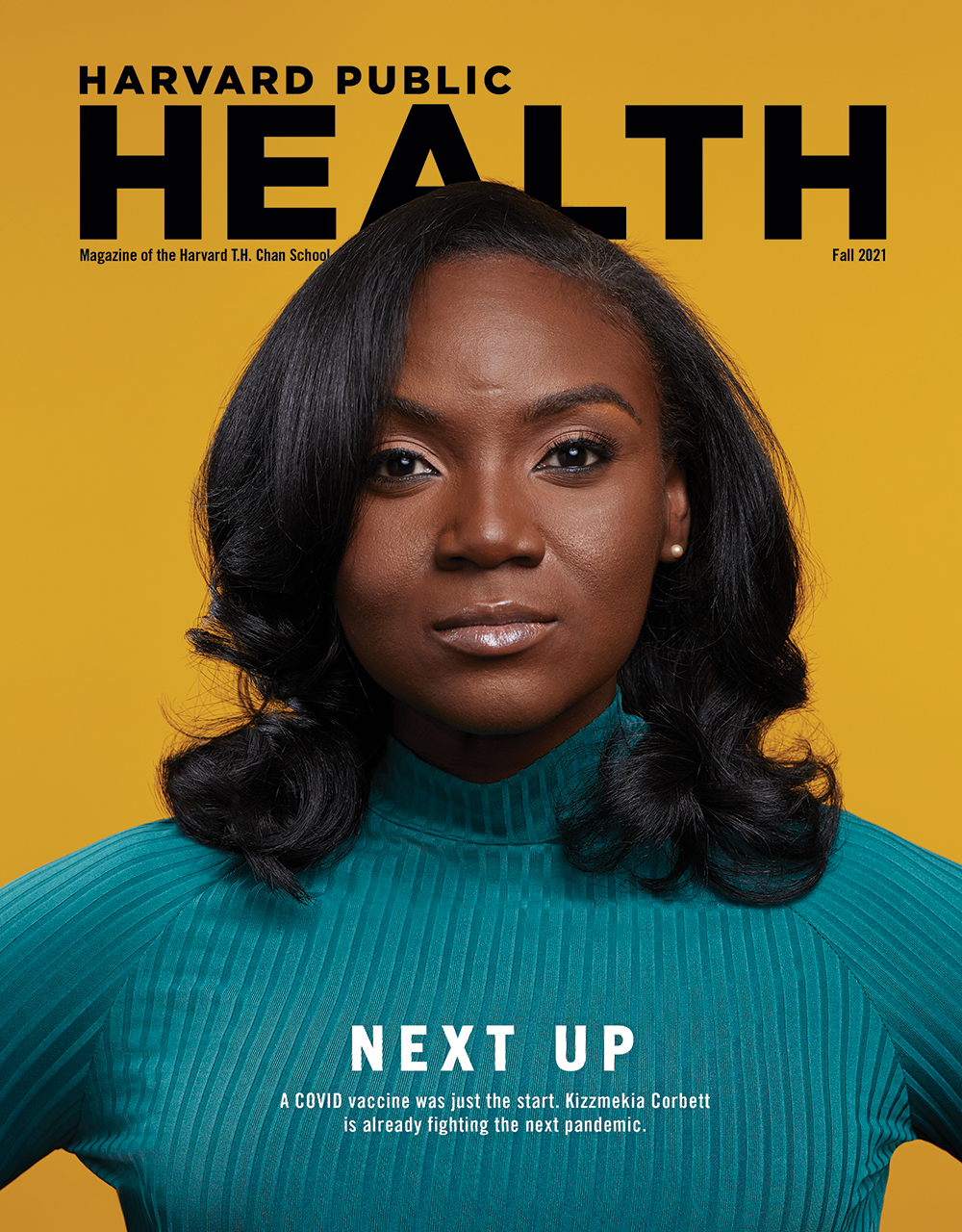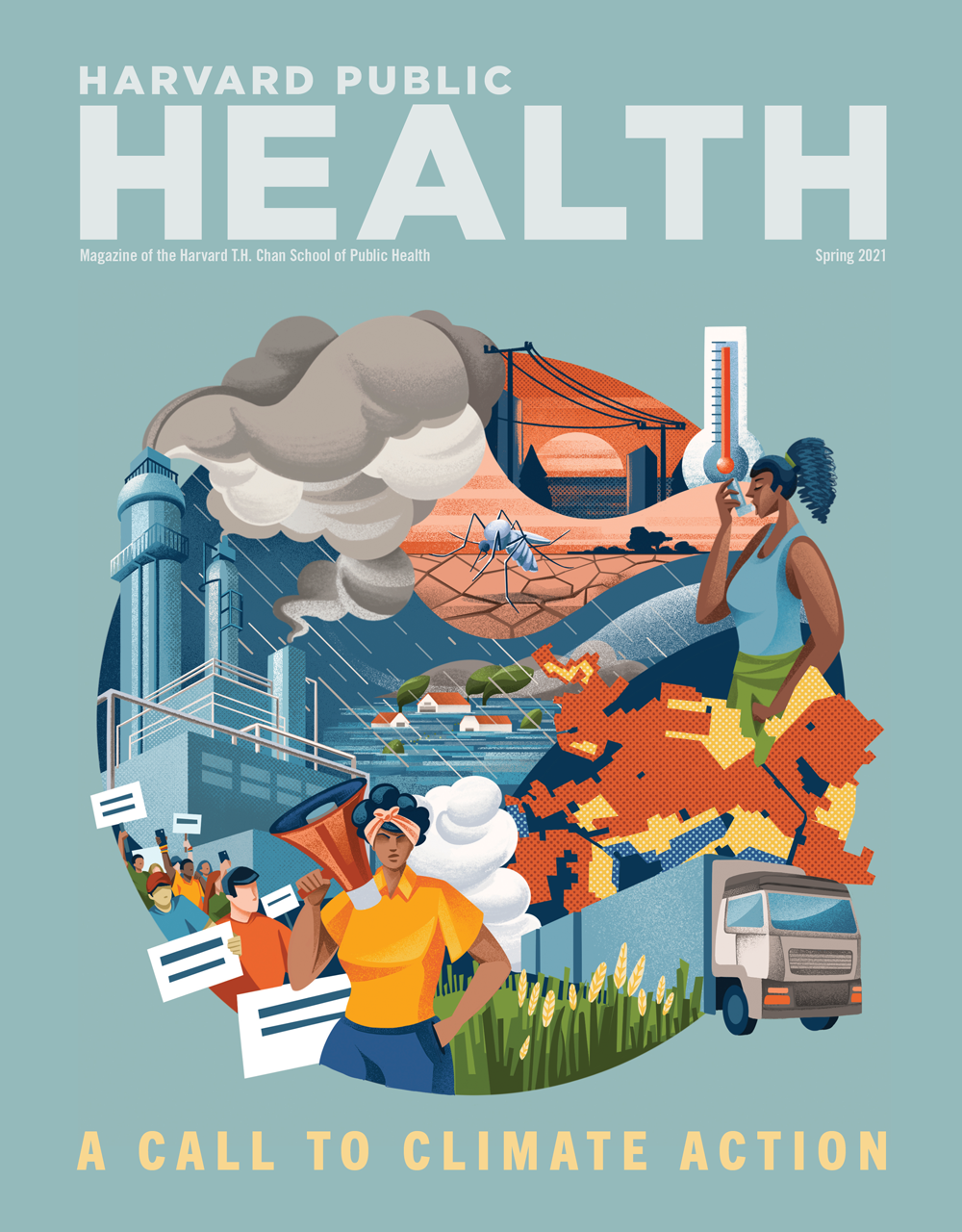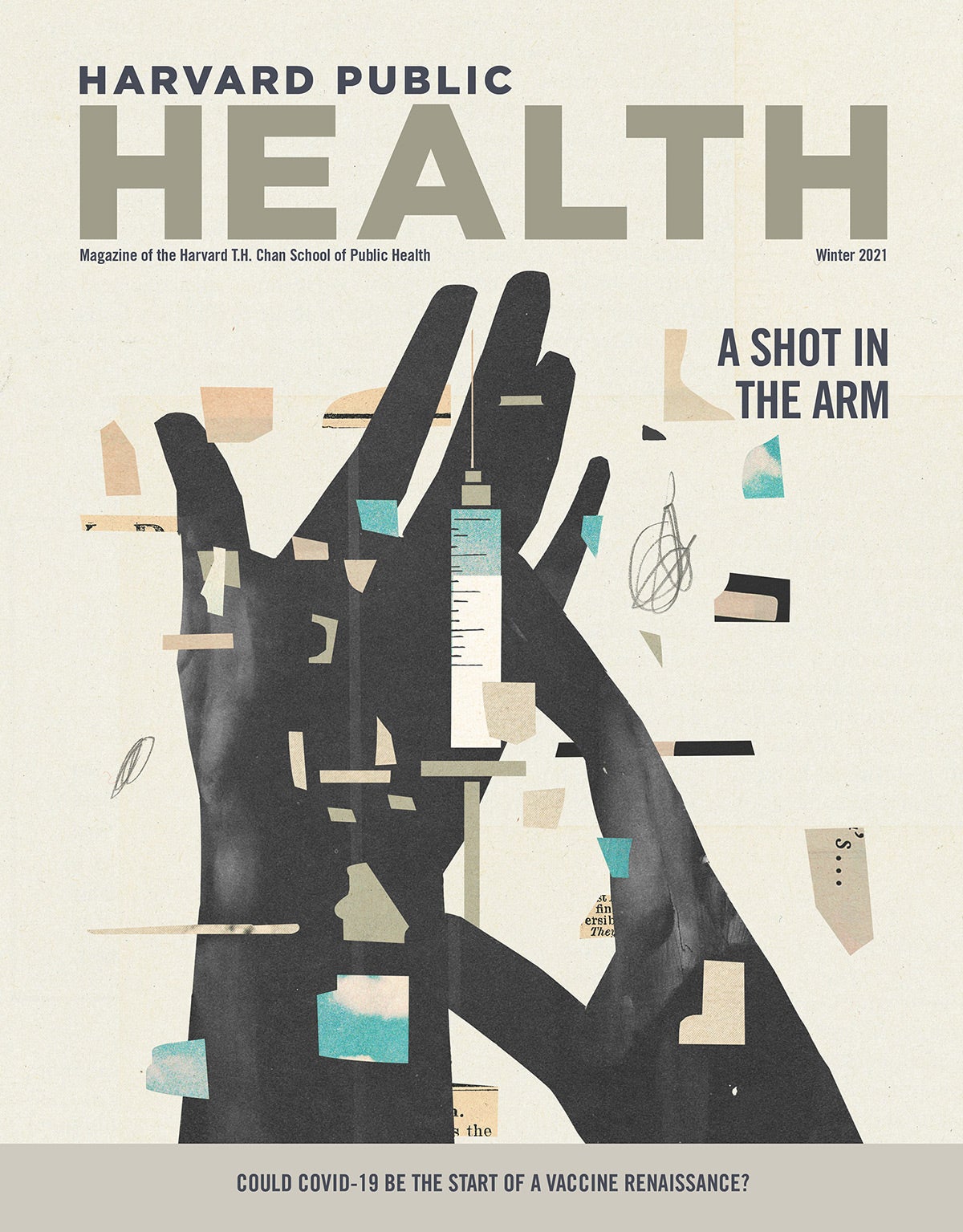
Is bench research that creates a lethal, contagious bird flu virus worth the risk that the virus could escape the lab? Not according to Marc Lipsitch, professor of epidemiology at Harvard School of Public Health. With Alison P. Galvani, an epidemiologist at Yale School of Public Health, Lipsitch co-authored a paper in PLoS Medicine arguing that experiments in which scientists manipulate bird flu viruses to make them transmissible in mammals, such as ferrets, deserve intense scrutiny as to whether the risks outweigh the benefits.
Harvard Public Health editor Madeline Drexler recently asked Lipsitch to discuss his concerns.
Q: You describe influenza as probably the most frightening potential pandemic pathogen, or PPP. Why?
A: Flu has demonstrated many times over history that we are unable to control its spread—even with modern medicine—until we produce a large quantity of vaccine. Although a virus such as Ebola is extremely worrisome if you get it yourself, it doesn’t pose the same level of threat to humanity because it is less transmissible, at least in developed countries.
Q: When experts think about the release of PPPs, they often focus on malevolent actors in the lab, such as the biologist who allegedly manufactured and distributed highly refined anthrax spores in the fall of 2001. But you’re more worried about an accident in the laboratory, especially in light of reports earlier this year of mishaps at a federal lab with anthrax bacteria. Does that seem a more likely scenario?
A: It’s the one that I can quantify. We don’t know how bad the bad guys are, how many of them there are, and how that will change over time. What we do know is that there is a 20 percent risk that at least one laboratory worker will get infected over 100 laboratory years of work in a Biosafety Level 3 lab, which has special safety features for handling lethal agents.
If one worker gets infected, that doesn’t mean the world is at risk. The pathogen would have to become widespread, and the only published estimate for that occurrence is in the 10 to 20 percent range. I would expand that range to 5 to 60 percent, because it depends on things that are hard to predict: how long a person is infectious, how many contacts they have, whether their infectiousness is reduced by antivirals.
Q: Describe a nightmare scenario of an experiment with a deadly flu virus gone awry.
A: The worst outcome would be if a laboratory worker got infected and it turned out that the virus was human-to-human transmissible and retained some level of virulence in humans. It wouldn’t have to kill 60 percent of victims, like the parent strain of the H5N1 bird flu. It would be bad enough if the virus killed 2 percent of victims, as did the 1918 flu. That epidemic killed 50 to 100 million people worldwide.
Q: How do the scientists who are conducting risky gain-of-function experiments justify their research?
A: One general reason they cite is that science always holds the promise of discoveries we can never imagine, so you should not clamp down on any particular kind of science. A specific claim for public health is the possibility of improving vaccine design and of improving our ability to detect and stamp out a dangerous virus if it were found to be circulating, for example, in birds.
Q: And you counter that those justifications are invalid?
A: Yes. For one thing, a genetic change can have different biological properties in different flu viruses. So knowing that one nucleotide has changed will not reliably predict how the virus will behave. As for detection and response, we have seen in the response to H7N9 flu in China how much we’re willing to do when we see a pandemic threat— and the answer is: not very much. We have identified potentially dangerous flu viruses in domestic fowl in Asia, but we haven’t permanently closed bird markets or changed agricultural practices. The prospect of unforeseen benefit is certainly a reason to do science, but not a reason to choose risky forms of science over safer ones that many believe are more likely to yield benefits.
Q: To experiment or not to experiment with potentially lethal organisms: Is this a scientific or an ethical question?
A: Ethics needs to catch up with science. We have a complex regime of ethics for doing risky experiments on individuals. These principles are expressed in the Nuremberg Code for human subject research. What we don’t have is a way of thinking about laboratory experiments that are not on people but present potentially devastating risks for the human population.
To read Marc Lipsitch’s New York Times op-ed and his other commentary on the avoidable risks of laboratory research, go to www.hsph.me/Lipsitch
Photo: Kent Dayton / HSPH
Download a PDF of Q & A: When lab research threatens humanity







